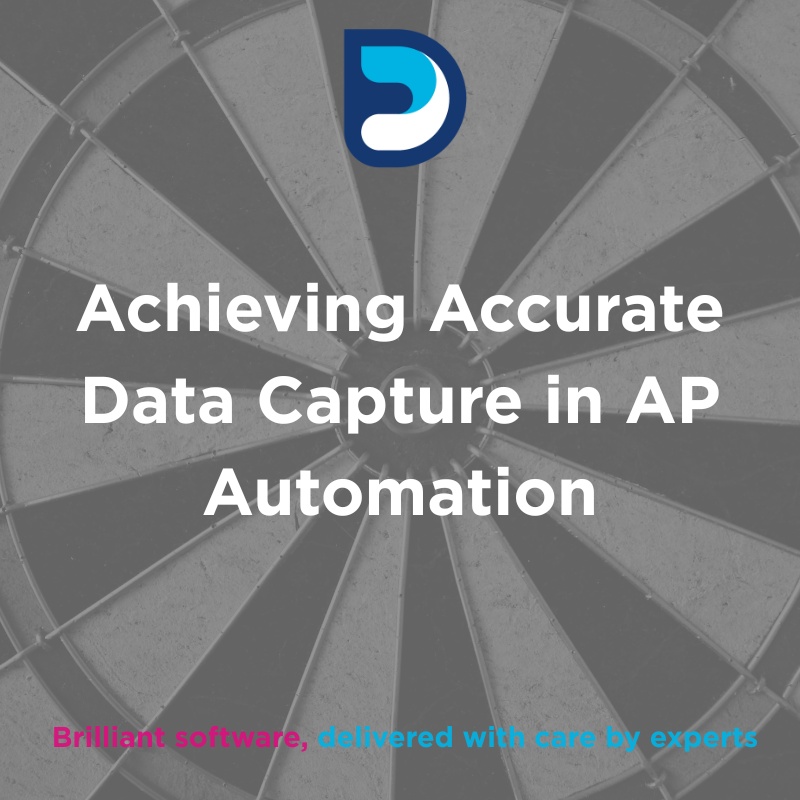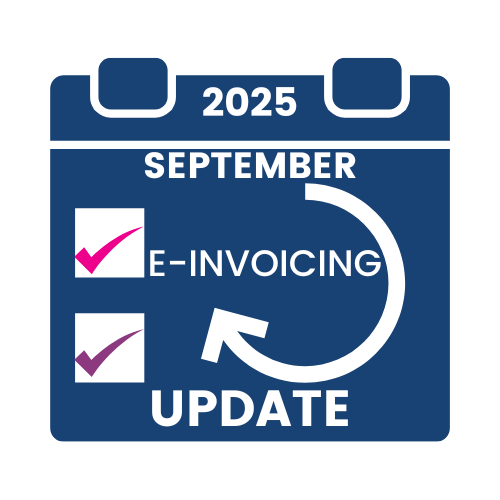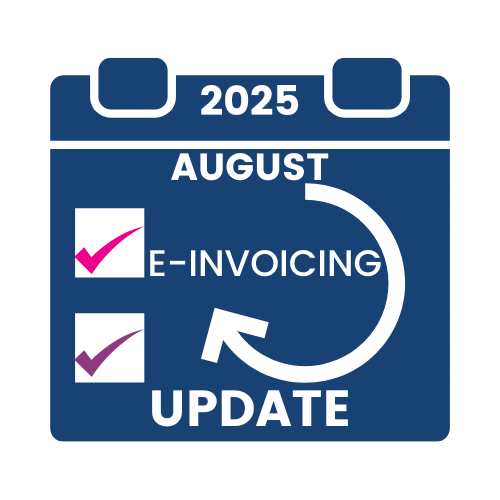Maintaining Accuracy Within Accounts Payable
In the world of Accounts Payable, accuracy is paramount. Organisations often struggle with bad data, causing invoice errors and costly delays. These issues can stem from manual data entry processes within accounts payable (AP) and legacy OCR scanning solutions that have a low % of accuracy or capture rate which leads to bad data entering the workflows. The consequences are significant: duplicate payments, delayed approvals, and increased audit risks. However, Ai data capture automation offers a solution to these inefficiencies by eliminating manual data entry and improving consistency.
In research by Procurement magazine, companies with high levels of AP automation report up to 80% fewer data entry errors and 50% faster processing times. We’ll outline why manual data entry errors can lead to inaccuracy, the implications of it to business operations and how you can solve the issue with AP automation.
Why Manual Data Entry Leads to Inaccuracy in AP Processes
Repetitive Tasks and Human Error
Manual data entry is inherently prone to errors, especially in high-volume invoice handling environments. When staff are overloaded, the likelihood of miskeyed information increases. Common mistakes include incorrect invoice numbers, wrong purchase order (PO) references, and inaccurate amounts.
Bottlenecks from Error Correction
Correcting errors manually is not only time-consuming but also creates bottlenecks in the payment cycle. Each mistake requires identification, verification, and rectification, which delays the entire process. This inefficiency impacts staff productivity and can lead to missed payment deadlines, further exacerbating financial and operational challenges.
Compliance and Risk Exposure
Manual errors compromise audit readiness and increase compliance risks. Errors in financial records and data can lead to non-compliance with regulatory requirements, resulting in fines and reputational damage. Moreover, inaccurate records make it difficult to provide accurate financial reports, undermining stakeholder confidence.

How AP Automation Improves Data Capture Accuracy
Intelligent Invoice Data Extraction
AP automation leverages technologies such as Artificial Intelligence (AI), and Machine Learning algorithms (ML) to extract and process invoice data automatically. These technologies significantly reduce the need for human input, thereby minimising errors. Automated systems can accurately capture data from various invoice formats, ensuring consistency and reliability.
Built-In Validation Checks
Automated AP systems come with built-in validation checks that verify supplier information and flag anomalies before they move into the workflow. For instance duplicate invoices are rejected on receipt and not put into the matching or coding workflow but sent straight back to the supplier. This proactive approach prevents errors from propagating through the system, ensuring data integrity.
Audit Trails and Error Logging
Automation provides comprehensive audit trails and error logging capabilities. Every data interaction is recorded, making it easier to track and resolve errors. This transparency supports compliance efforts and enhances the organization’s ability to respond to audits and regulatory inquiries.
Benefits of Accurate Data Capture in AP Workflows
Reduced Payment Errors and Duplicate Entries
Automation significantly lowers the risk of overpayments and duplicate transactions. By ensuring accurate data capture, organisations can avoid costly payment errors and maintain better control over their financial outflows, improving overall financial health.
Faster Approvals and Processing Times
Fewer errors translate into faster processing times. Automated systems streamline the approval process, enabling quicker month-end closes and improving supplier relationships and can lead to early payment discounts, enabling further cost savings. This efficiency is crucial for maintaining a competitive edge in today’s fast-paced business environment.
Improved Supplier Trust and Compliance Confidence
Error-free invoicing reduces disputes and fosters stronger, more transparent supplier relationships. Suppliers appreciate timely and accurate payments, which enhances trust and collaboration. Additionally, accurate data capture supports compliance confidence, ensuring that the organisation meets regulatory requirements.
Operational Efficiency and Resource Reallocation
By freeing AP staff from manual data entry and error correction, automation allows the team to focus on strategic finance functions. This reallocation of resources enhances operational efficiency and enables the finance team to contribute more effectively to the organisation’s overall goals, including cash flow management.

FAQs
How quickly can businesses see improvements in data accuracy?
Businesses can start seeing improvements in data accuracy almost immediately after implementing AP automation. The reduction in manual errors and the efficiency of automated processes lead to noticeable improvements in a short period. However, the full benefits may take a few months to realize as the system is fine-tuned and staff become accustomed to the new workflows.
What are the most common data entry errors in accounts payable?
The most common data entry errors in accounts payable include incorrect invoice numbers, wrong PO references, inaccurate amounts, and duplicate entries. These errors often result from manual data entry processes and can lead to significant financial discrepancies and operational inefficiencies.
What metrics should I track to measure improvements in AP data accuracy?
To measure improvements in AP data accuracy, track the following metrics:
- Error Rate: The number of data entry errors before and after automation.
- Processing Time: The time taken to process invoices and complete payment cycles.
- Duplicate Payments: The incidence of duplicate transactions.
- Compliance Incidents: The number of compliance-related issues and audit findings.
- Supplier Disputes: The frequency and resolution time of supplier disputes related to invoicing errors.
Conclusion
Automation transforms the accuracy and reliability of AP data, offering benefits across efficiency, compliance, and cost savings. By reducing manual errors and streamlining processes, organisations can achieve faster processing times, improved supplier relationships, and enhanced compliance confidence.
Find out how Documation’s AI-driven solutions can help your organisation achieve accurate data capture in accounts payable automation, schedule a call with our experts today. Let us help you reduce inefficiencies and drive operational improvements in your accounts payable process and financial workflows.





